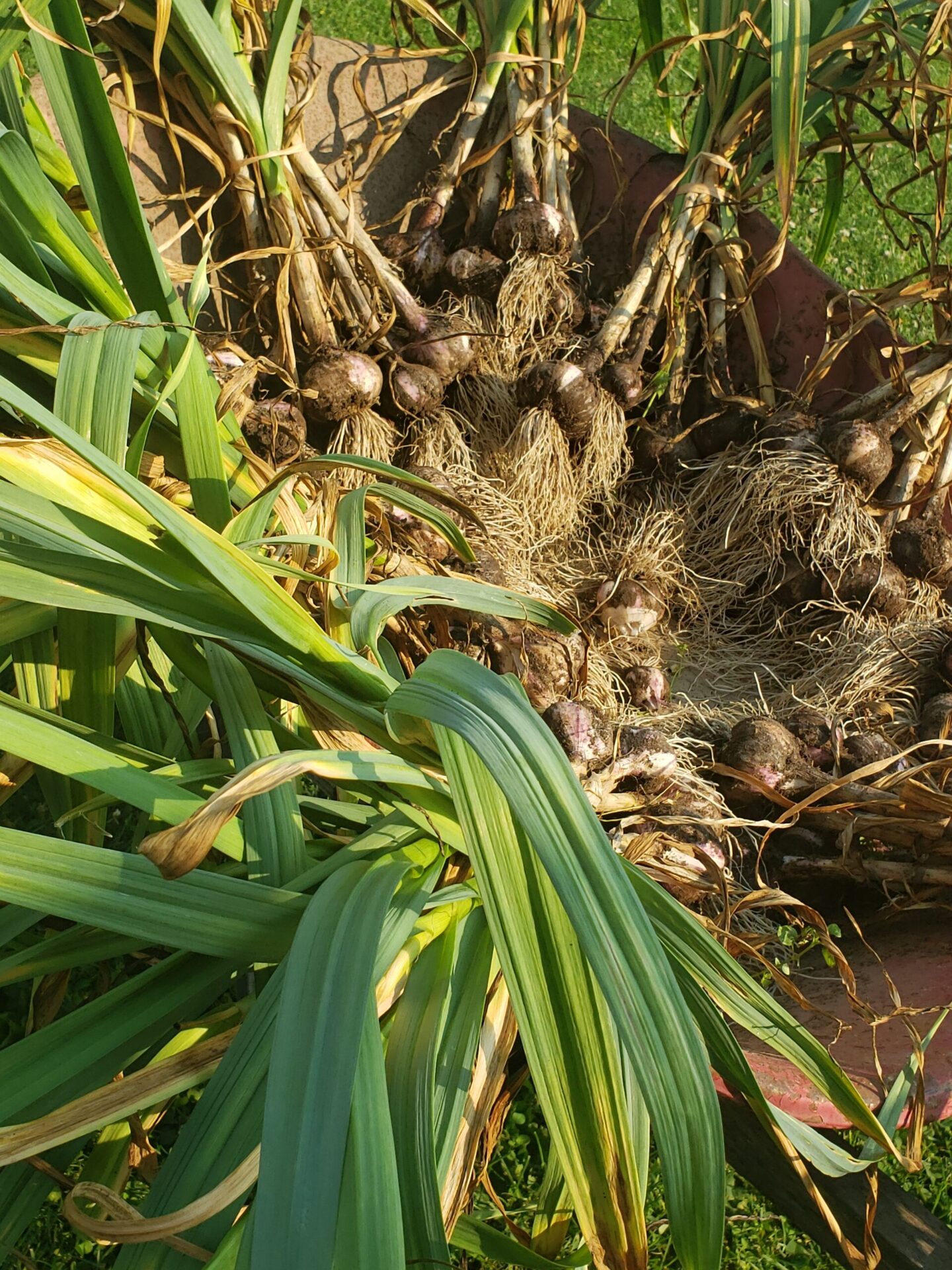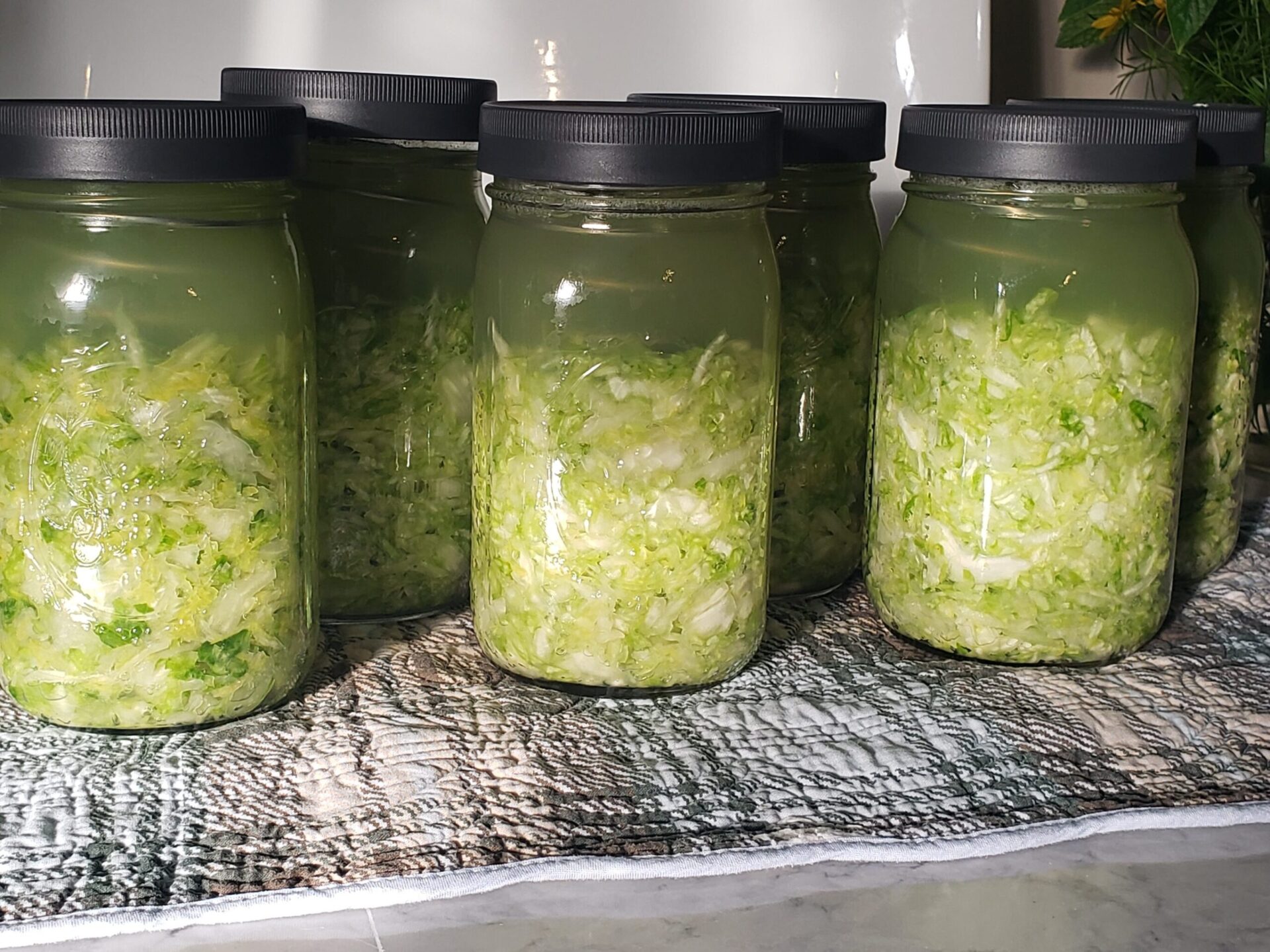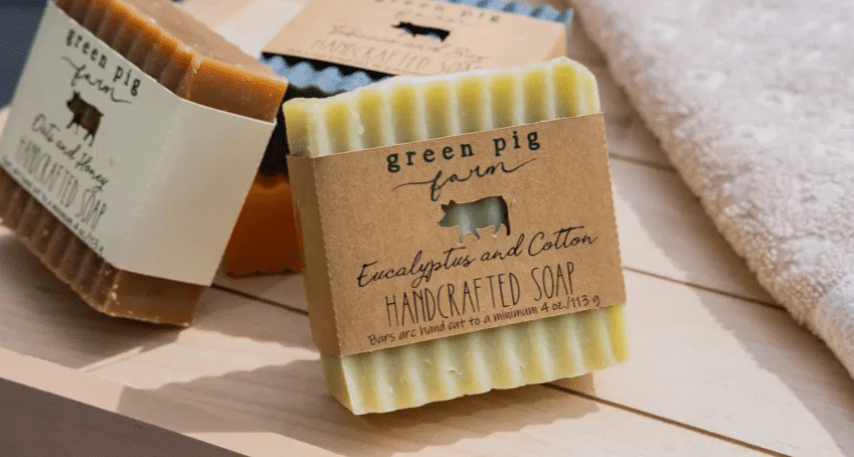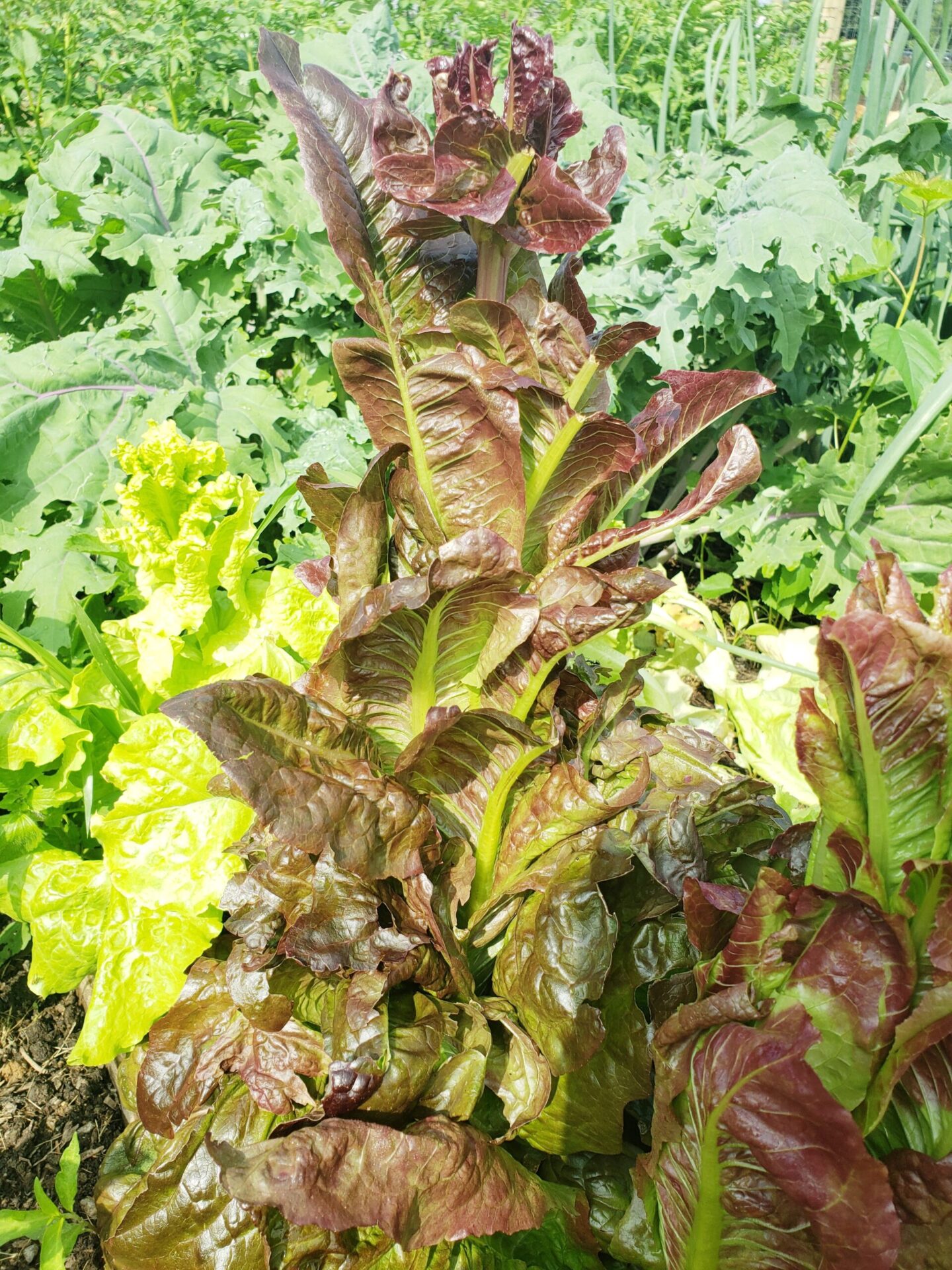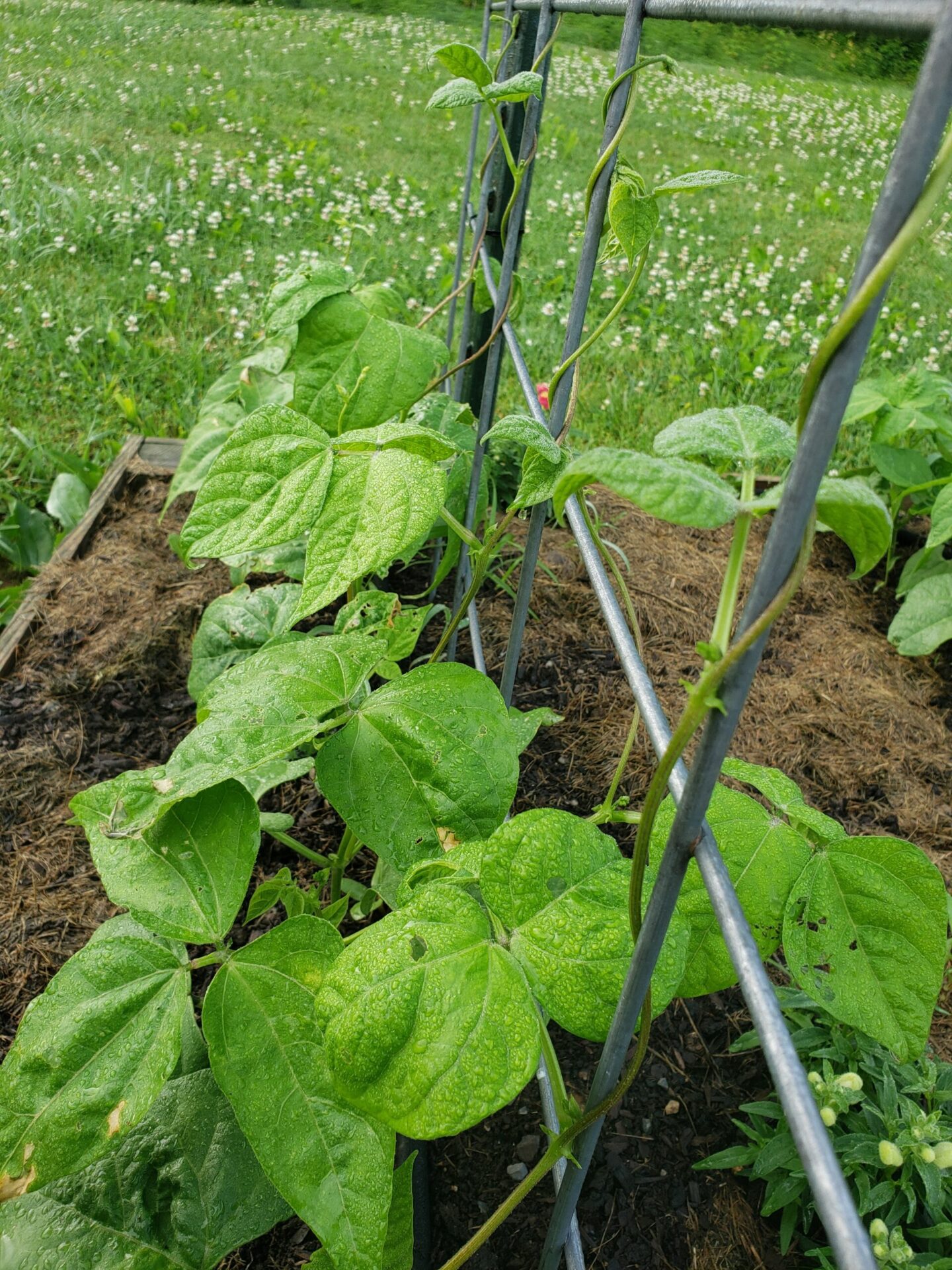Get to know Samantha from Green Pig Farm!!
Well, guys, I finally did it!! I met with Freddy Vasquez from FXV Digital, where we donned headphones and turned on the mics to talk about homesteading. This was the
What Does Green Pig Farm Grow in Their Garden?
We often get questions about what we grow in the garden, so we thought we’d share what we have planted this year, as well as how we preserve it. This
How to Cure, Prep, and Store Garlic
You’ve picked your garlic. But, now what? Let’s talk about how to cure, prep, and store garlic to get the maximum shelf life. (If you want to learn how to
How to Grow Garlic in 3 Easy Steps
Garlic. A cousin to the onion. Culinary deliciousness. Easy to grow. Have you wanted to grow garlic, but haven’t the foggiest on how to start? Here is a step-by-step guide
Raspberry Lemon Refresher: A 4 Ingredient Recipe
One of the benefits to living in Pennsylvania is the ability to find or grow raspberries. If you don’t have a spot in your yard for a few raspberry bushes
Making Sauerkraut in a Jar -The Quart Jar Method
What is sauerkraut? Sauerkraut is a German word that means “sour cabbage.” Although this German word appears to be the most popular name for this side dish, fermented cabbage is
Soap! The New Store Spotlight: Green Pig Farm
Need Soap? The GoggleWorks Center for the Arts is a five-story factory turned community arts center located in downtown Reading, Pennsylvania. Not only do they feature artists, host classes, and
Did My Lettuce Bolt? The What and Why of Bolting
You’ve been enjoying lettuce for weeks when all of a sudden you walk out to your garden and see this tall tree-like plant where your greens had been happily growing.
The #1 Garden Item to Plant
BEANS If we had to vote on only one item to grow in the garden, it would be beans. Why? First, beans are loaded with plant-based protein Second, beans can
Shoo Fly Whoopie Pies
Have you ever had a whoopie pie? If you have, you know exactly what I’m talking about. If not, let me explain. Imagine a hybrid cookie-cake sandwiching a sweet and



